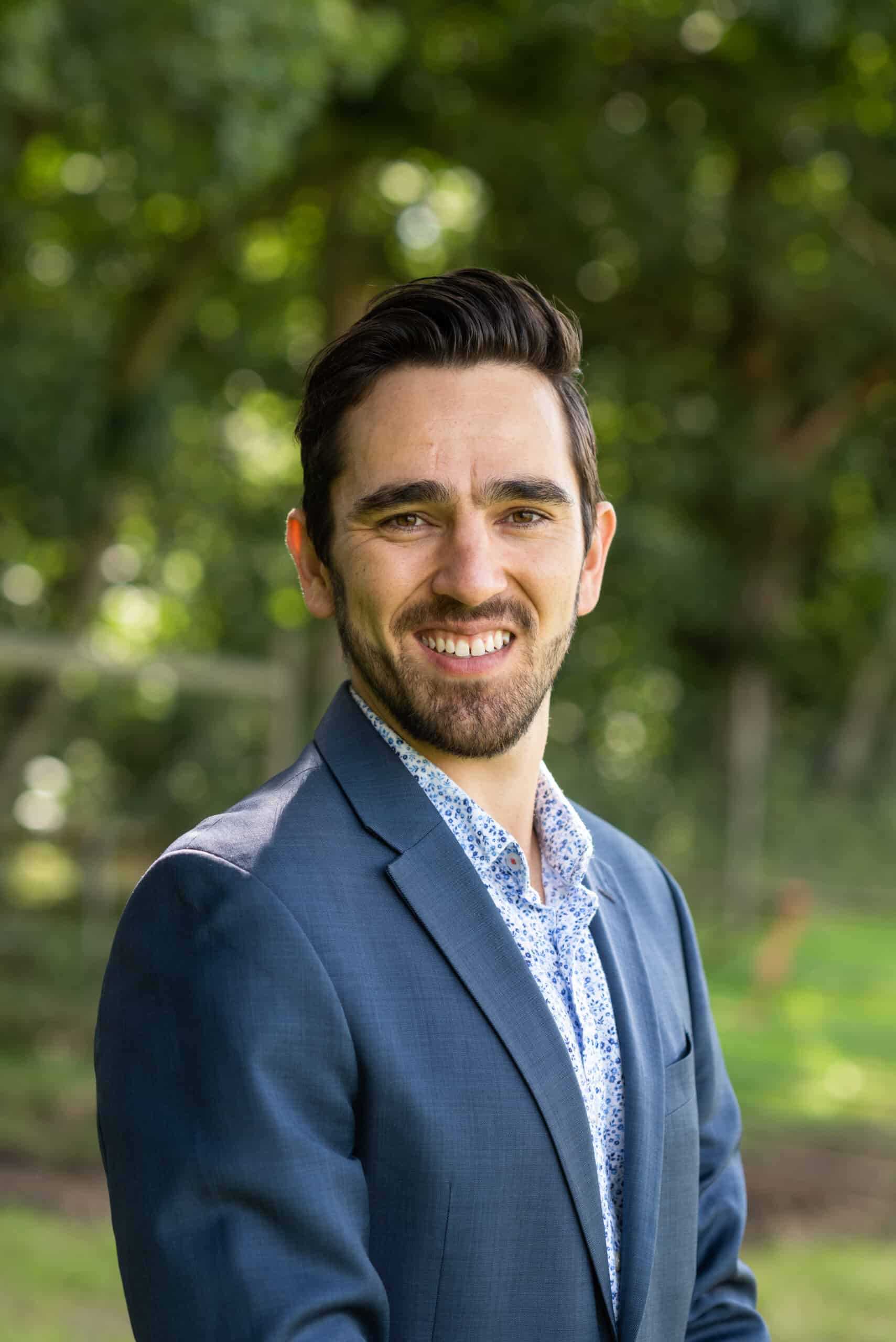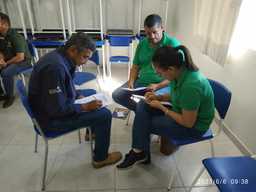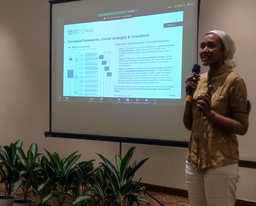Discover the People at the heart of PAGE work interview featuring people that have collaborated with PAGE at a given time. The purpose is to voice experiences, opinions, and insights on how the green economy is evolving and how the green economic transformation is being implemented around the world. In this interview, we invite Dr. Brian O’Callaghan to tell us about the Global Recovery Observatory and the importance of supporting a green economic recovery.
“There was wide diversity in how nations used public finance to respond to the COVID-19 pandemic”
Dr Brian O’Callaghan is an expert and trusted advisor on green investment and its economic characteristics. An engineer-turned-economist, he is Lead Researcher and Project Manager for the Program on Government Policy and Investment at the Smith School of Enterprise and the Environment, University of Oxford. He also serves as Senior Advisor at the United Nations Economic Commission for Africa. Drawing on his expertise in strategy, finance, and machine learning, he has provided counsel to policy leaders, business executives, and philanthropists in 20+ countries. He previously worked at The Boston Consulting Group. He earned his PhD in environmental economics as a Rhodes Scholar at Oxford University.
Q1. When was your first contact with the PAGE team?
My first contact with PAGE was through Himanshu Sharma in the Resources and Markets Branch of the UN Environment Programme and Asad Naqvi, the Head of the PAGE Secretariat. Himanshu kindly invited me to share perspectives on a green recovery to COVID-19 with PAGE partners in 2020, building on a research paper “Will COVID-19 fiscal recovery packages accelerate or retard progress on climate change?” I wrote with Professor Cameron Hepburn, Nobel Laureate Professor Joseph Stiglitz, Professor Lord Nick Stern, and Dimitri Zenghelis.
Q2. What is the role of the Global Recovery Observatory in monitoring and analyzing the progress of green recovery and how does PAGE support with that?
The Global Recovery Observatory (GRO) tracked public spending announcements in response to COVID-19 and assessed their likely impacts on climate change. This provided a perspective on just how “green” each country’s recovery was and offered policy makers examples of green policies in various sectors to learn from. PAGE helped us expand the initiative from an initial focus on the G20, to eventually cover 89 nations, including all PAGE countries. PAGE also helped us take the GRO methodology and adapt it for ‘normal’ (i.e., non-crisis) spending – we call this the Sustainable Budgeting Approach (SBA) and are using it every day in advisory of countries around the world.







